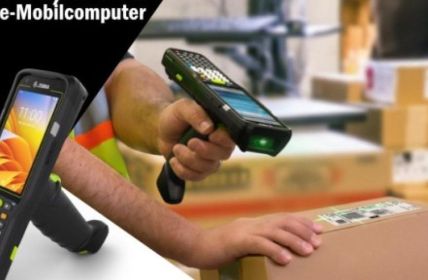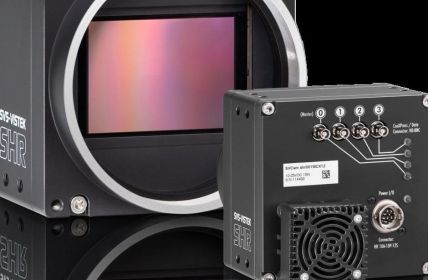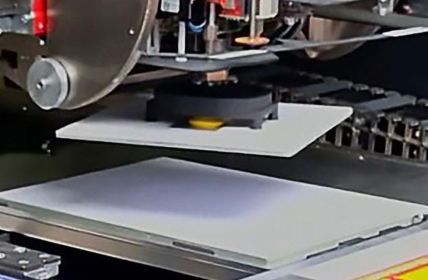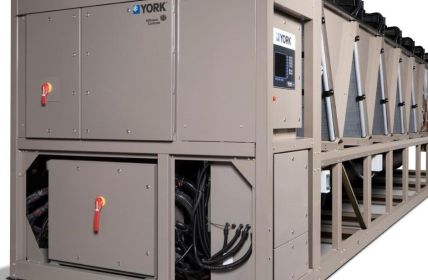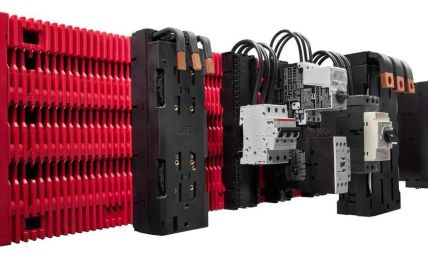5G requires new technologies. But these do not have to be developed from scratch, as DECT-2020 NR shows. Radio technology is more than three decades old and is now becoming the standard in 5G.
Table of Contents: What awaits you in this article
Newly relaunched: DECT-2020 NR upgrades old radio standard
The fourth radio technology is now on the starting blocks with DECT-2020 NR and is becoming the most important part of the 5G standard. What is special about DECT-2020 NR is that the technology relies solely on the 1,900 MHz band and is both interference-free to operate and poses little risk of being intercepted.
DECT has long been regarded as a digital standard, but has recently had to contend with a number of difficulties. These included, for example, the fact that there were more applications than frequency bands. But this problem is now history, because DECT-2020 NR will become the standard for 5G or IMT2020 as NR+. New applications in the future thus seem assured for DECT-2020 NR.
From Europe to the world
Once upon a time, DECT-2020 NR was defined as a digital standard for non-wired applications by the European Telecommunications Standards Institute. As such, the standard applied to all of Europe. But it soon became a worldwide use, for which only a few changes to the frequency band were necessary.
The “E” in the name thus no longer stood for “Europe”, but was translated as “Enhanced”. To this day, DECT 6.0 exists primarily in the USA, where it is the standard for cordless telephones. Only in China could DECT not establish itself, there they did not release the necessary frequencies for use.
Incidentally, it was Siemens and Philips that developed the first chipsets for DECT. The technology was later taken over by NxP, and Infineon was also involved. After some back and forth, Intel sold the home gateway division together with DECT in 2020.
Gigaset still manufactures DECT phones today. These are manufactured in Bocholt in the fully automated factory located there. Interesting: the initial manufacturing costs were more than $100; they have fallen to less than $10.
With DECT-2020 NR to the smart home
NT+ is the new technology that presents the DECT frequency band as secure and through which smart home solutions also benefit. We are talking about the ULE Alliance, which was founded in 20212 and which focuses on the use of the DECT frequency band in the smart home. A separate protocol has been specially developed for this, which is called HAN FUN and is based on DECT technology.
Unlike other technologies, DECT can use an exclusive frequency band, sharing with other frequencies is not necessary. Smart Home ULE as well as DECT are installed in various boxes for home applications, among others AVM and Telekom rely on these technologies.
DECT in IMT-2020
DECT-2020 NR is now to be established as a standard in mobile applications and has thus been confirmed by the International Telecommunication Union. DECT-2020 differs from DECT, however, and allows different bandwidths, for example. In order for ULE and DECT to be used side by side without any problems, however, DECT must be set at 1.728 MHz.
However, the focus is now on the professional application of NR+ for the Internet of Things. This is made possible by the high-performance wireless mesh network, which is ideally suited for Smart City. It makes finding parking spaces, street lighting or even comprehensive communication in traffic management child’s play. In addition, NR+ is advantageous because there is no prescribed number of network nodes. Massive applications in industry can therefore be implemented without any problems.




